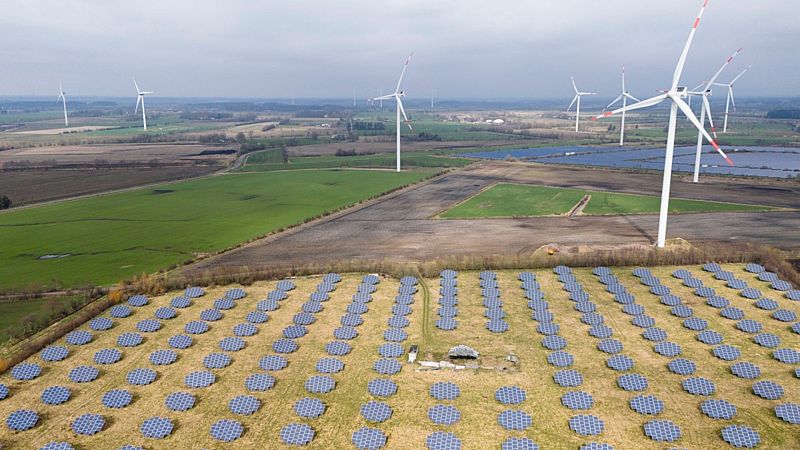Scientists have discovered a way to turn previously useless industrial waste into a vital material used in batteries.
, triphenylphosphine oxide (TPPO), is produced in the manufacture of products like vitamin tablets. A new process discovered by scientists at Northwestern University in the US turns it into a useful agent for storing energy that could replace rare metals in some situations.
Unlike more common lithium batteries, which store energy in electrodes, the redox flow batteries that can be created with this new process use a chemical reaction to pump energy back and forth between electrolytes where their energy is stored.
to help smooth out troughs and peaks in supply.
“Not only can an organic molecule be used, but it can also achieve high-energy density – getting closer to its metal-based competitors – along with high stability,” says Emily Mahoney, a PhD candidate and the paper’s first author.
“These two parameters are traditionally challenging to optimise together, so being able to show this for a molecule that is waste-derived is particularly exciting.”
Turning industrial trash into treasure
As requirements for batteries continue to grow, so does the requirement for metals like lithium and cobalt used to create them.
will be needed.
“Battery research has traditionally been dominated by engineers and materials scientists,” says Northwestern chemist and lead author Christian Malapit.
“Synthetic chemists can contribute to the field by molecularly engineering an organic waste product into an energy-storing molecule. Our discovery showcases the potential of transforming waste compounds into valuable resources, offering a sustainable pathway for innovation in battery technology.”
Tonnes of TPPO are produced each year but it is currently rendered useless and must be carefully disposed of. More research is needed into the potential to turn this trash into green treasure but scientists are hopeful that it could be used to store renewable energy in the future.

